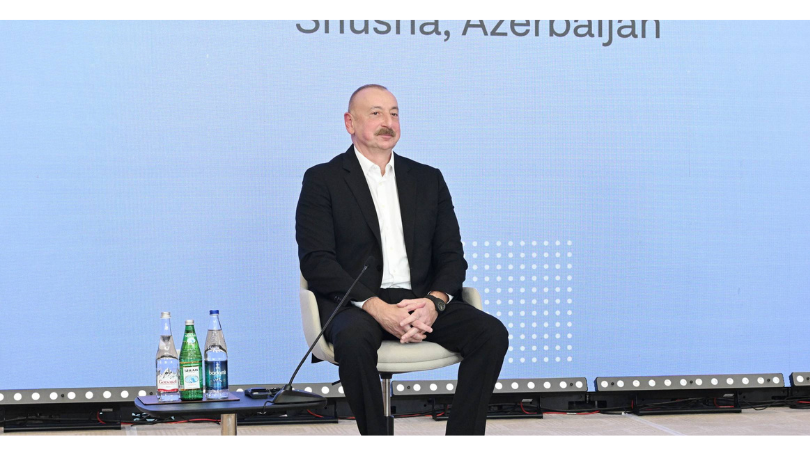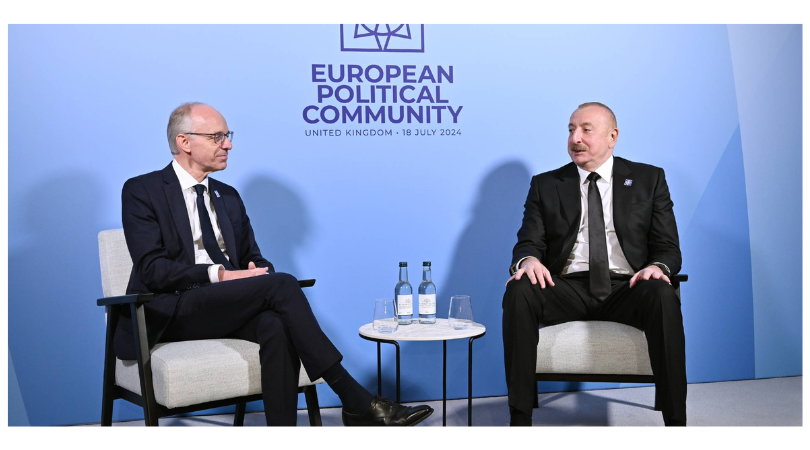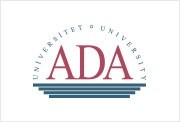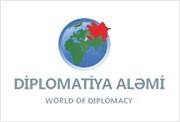Tourist boom in Georgia and Azerbaijan helps mitigate low oil prices
2015-05-29
June 12 to 28. About 6,000 athletes are expected to compete in 20 sports.
Meanwhile, Georgia will host the European Youth Olympic Festival from July 25 to August 1. It is expected to draw 4,000 athletes between 14 and 18 in nine sports.
Georgia and Azerbaijan started ramping up their tourism efforts in the early 2000s. Georgia, which lacks the oil and gas that Azerbaijan has, wants to make tourism a sparkplug of its growth.
Realizing that oil and gas are finite, Azerbaijan began developing tourism to help diversify its economy. It is determined not to be caught flat-footed when its petroleum resources begin declining.
Recognizing that tourism goes nowhere without inviting accommodations, Georgia and Azerbaijan have made major commitments to wooing hoteliers. The result is dozens of hotels rising in their capitals -- Tbilisi in Georgia and Baku in Azerbaijan – and other cities. Among the arrivals are big names like Hilton, Hyatt, Intercontinental, Marriott, Radisson and Sheraton.
Georgia’s infrastructure-building has included a successful campaign to turn its Black Sea city of Batumi into a modern beach resort – an effort that locals call the Batumi Miracle. The makeover generated international headlines when American developer Donald Trump became a partner in the construction of accommodation-and-business complexes in Batumi and Tbilisi.
Georgia has also been creating world-class ski resorts in the Caucasus Mountains. After testing the slopes, Alberto Tomba, Italy’s Olympic Gold Medal winner, declared that the skiing complexes at Mestia and Gudauri are of the high caliber needed to host international competitions.
Below the mountains, Georgia is restoring the town of Sighnaghi in its wine-country area of Kakheti. Wine-related tourism is jumping in Georgia, which makes some of the world’s best vintages and which many experts say is the birthplace of wine making.
Another Georgia attraction is the Roman fortress of Gonio, south of Batumi. Speaking of Gonio’s sophisticated water system, former President Mikheil Saakashvili noted that Europeans often ask how Georgia can justify its claim that it is a European country. “Let these Europeans come here (to Gonio) and see what kind of water-supply system was here 2,000 years ago,” he said.
In addition to creating or modernizing tourist venues, Georgia is spending money on trains and roads to make traveling faster and more comfortable. It made rail infrastructure improvements that cut the time between Tbilisi and Batumi from eight hours to five, for example.
A few years ago, anyone who wanted to travel from Tbilisi to the scenic mountain town of Svaneti would have to take an overnight train, then a six-hour drive up dangerous mountain roads. A new road between the cities has cut the trip to three hours.
Georgia has also built infrastructure at landmarks, museums and other attractions, new tourist information centers and new border control stations to speed visitors on their way.
The return on Georgia’s tourism investment can be seen in the numbers. Almost 5.5 million people visited the country in 2014, a sixteen-fold increase from 2004, before the tourism-expansion drive began.
In addition, tourism’s share of the country’s gross domestic product has doubled from 3.4 percent in 2004 to more than 7 percent. And tourism revenue is estimated at $2 billion a year, compared with $178 million in 2004.
Like Georgia, Azerbaijan has been building or modernizing tourism infrastructure over the past decade. It has renovated and added amenities at monuments and other historic sites, created the Shahdag ski resort – the country’s first -- and expanded and modernized airports.
Money that it socked away in its National Oil Fund has allowed in to continue its tourism-development efforts despite the current low oil prices.
One of Azerbaijan’s tourist-development strategies is luring visitors by invoking the names of legendary figures associated with the country. It may come as no surprise that among the figures are a family associated with the growth of its oil industry – the Nobels of Nobel Prize fame.
The most intriguing name that Azerbaijan is invoking to stoke tourism, however, is Marco Polo. He, like many European and Middle Eastern travelers of his time, used the country as a jumping-off point on his Silk Road journey to China.
To cash in on its caravan heritage, Azerbaijan is building a network of Silk Road-themed attractions. They include reconstructions of caravansaries -- roadside inns where travelers could eat, sleep and feed and rest their camels and other animals.
The Swedish-Russian Nobel family played a major role in developing Azerbaijan’s oil industry in the late 1800s. With their help, the country became the world’s biggest producer in the early 1900s.
Azerbaijan has not only restored the Nobels’ Villa Petrolea mansion in Baku but also opened a Nobel Museum on the complex. And it is working with members of the Nobel family on other projects.
Outside Azerbaijan’s cities, the country’s hot springs, mud baths and oil-treatment spas have attracted health-conscious visitors for centuries. Now the country is trying to catapult its healing-and-restoring industry into the 21stcentury with new facilities and other infrastructure.
The Nakhchivan area has the most mineral-water springs – 250. But there are springs in many other places as well. If you want a rubdown that makes you purr, the town of Naftalan boasts a natural oil that makes skin glow.
As with Georgia, Azerbaijan’s tourism-development spending is paying off. Its visitor numbers have increased every year since 2003, reaching 2.5 million in 2014. And its tourism revenue has kept pace.
Despite this growth, tourism still accounts for only 1 percent of Azerbaijan’s gross domestic product. It would like to see tourism account for 5 to 10 percent of GDP. That means it’s likely to continue spending money on developing the sector.
That’s good news for visitors: It will lead to better infrastructure and more attractions.
The same is true in Georgia.
Both countries know they’re far from realizing their tourism potential. They also know they have the natural wonders, historic attractions, resorts and hospitality to become tourist meccas. Neither is apt to rest until it’s reached that potential.
If Georgia and Azerbaijan continue to increase their visitor numbers and revenue, their approach to building a tourism sector may be a blueprint that other countries suffering in this crisis want to follow.
Giorgi Meladze




















